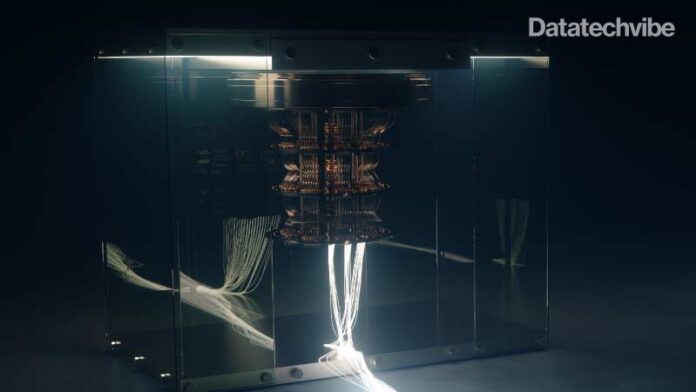The new algorithm can help in finance and engineering and will improve as quantum computers become faster and more fault tolerant.
Quantum computing software company Multiverse has created a new algorithm that illustrates how current quantum computers can be used to do the complex mathematical calculations required for optimisation problems. This could be useful in finance and engineering sectors and will “only improve as quantum computers improve,” the company says.
Details of the algorithm have been published in a new paper, explaining that when run, it can turn even lower qubit quantum computers available today into advanced calculators to carry out equations used by scientists, banks and engineers on a daily basis.
These calculations, now possible using noisy early quantum computers, include carrying derivatives, partial differential equations and Fourier analysis, a way to break down a signal into simpler pieces for easier analysis. Some of these calculations are relatively straightforward for classical computers running specialist software but not for quantum machines, which, with the right optimisation, could perform particularly complex equations much faster.
The Multiverse team found that the simulations they ran to test their algorithm are “at least comparable to the best classical computers” that are available today and will continue to improve as quantum computing performance increases. Effectively the better the quantum computer, the more it will outpace the performance of the same algorithms on classical machines.
“Our research shows that we can transform today’s Noisy Intermediate-Scale Quantum (NISQ) devices into advanced quantum-based ‘calculators’ that are able to do very complex calculations with very few qubits and limited error correction and provide value now,” said Román Orús, co-founder and Chief Scientific Officer at Multiverse.
Enterprise companies are increasingly investing in quantum computing, with a recent study finding that business leaders expect to see commercialised quantum computing within the next five years. Of those responding to a survey for the study, 61 per cent plan to invest $1 million or more in the technology within the next three years and 10 per cent plan to pump more than $20 million into quantum resources in the same period.
This is partly due to the fact that even if not running algorithms is not possible on classical computers, known as a quantum advantage, it is expected quantum hardware will outperform classical computers running the same calculations, which is particularly important in a sector where speed is essential.
Continuous variables
While classical computers have been running these calculations, including Fourier analysis and carrying derivatives, for decades, bringing them to quantum computing has proved more of a complex problem. The algorithm enables calculations to run on a quantum computer by using “continuous variables” which can take on an unlimited number of values between the lowest and highest points of measurement. They differ from discrete variables, which can only take on a limited number of values.
Continuous variables are useful in many applications, including optimising operations in a factory, taking into account multiple variables such as temperature, humidity, air pressure and other constantly changing conditions. This could be useful for air traffic controllers, healthcare professionals, automotive engineers and weather forecasters.
For automotive engineering, continuous variables enable engineers to optimise vehicle performance and fuel economy, reducing operating costs and increasing efficiency. There is also use in financial modelling, where the variables provide the ability to identify trends and make informed investment decisions.
The new quantum computing algorithm enabling these calculations was designed to run on programmable quantum computers and was tested on a simulator, according to Multiverse, with Orús explaining that “we will still be able to use these types of algorithms once we have fault-tolerant computers. Quantum computers with more qubits and advanced error correction will only increase the accuracy, quality and speed of the solution”.
The efficiency of the new algorithm comes from two key approaches that allow for continuous optimisation. These include encoding qubits with three continuous variables and another technology known as quantum state tomography. This is a technique used to determine the quantum state of a system by measuring observables to reconstruct the state, analyse the behaviour and characterise its performance. This can also be used to verify the accuracy of the algorithm, which is useful in a noisy machine.









